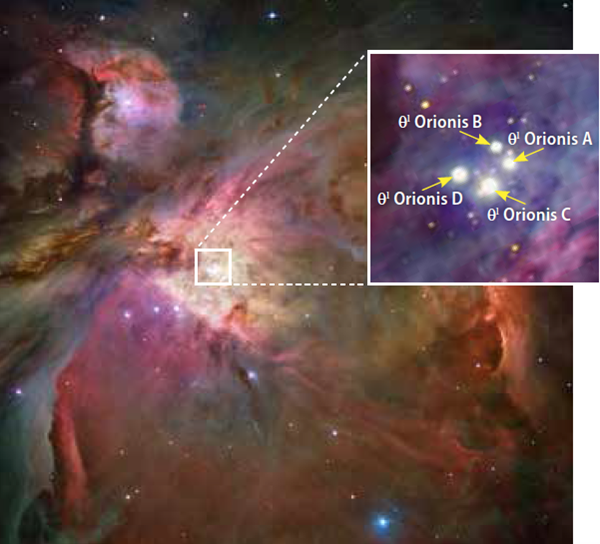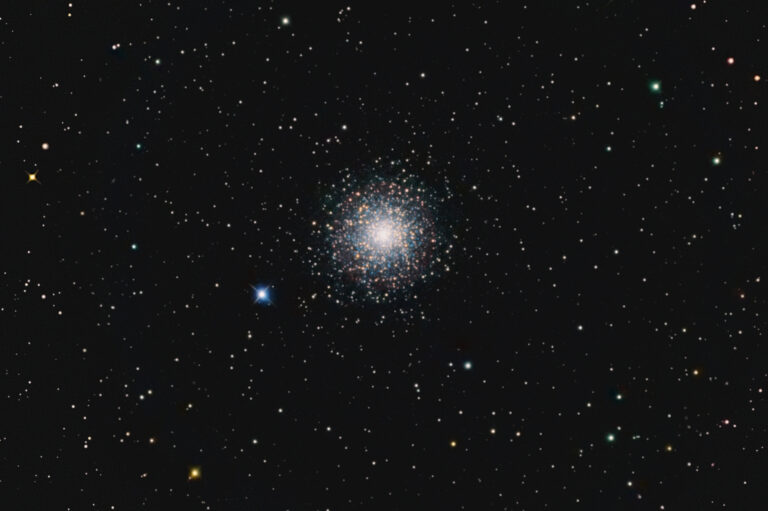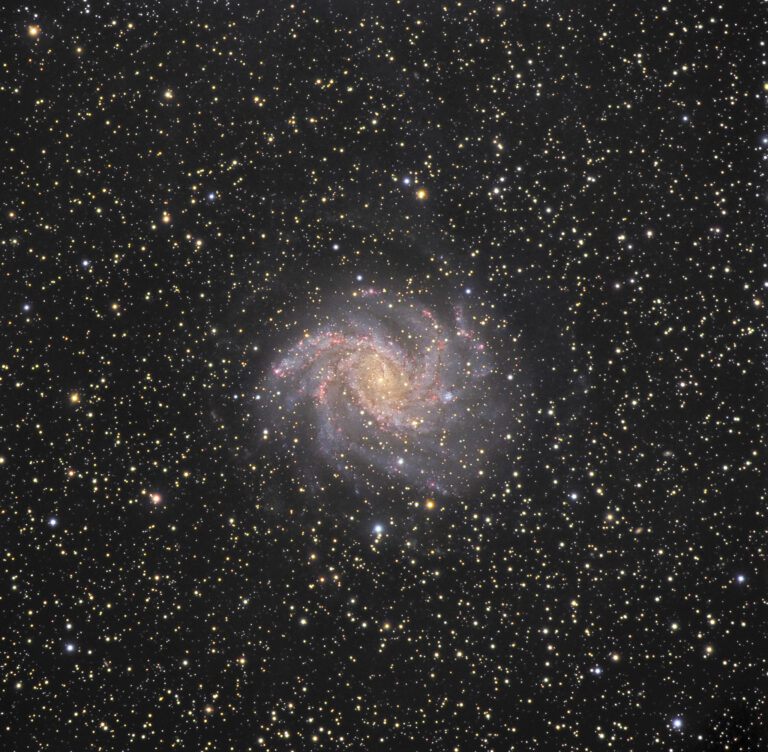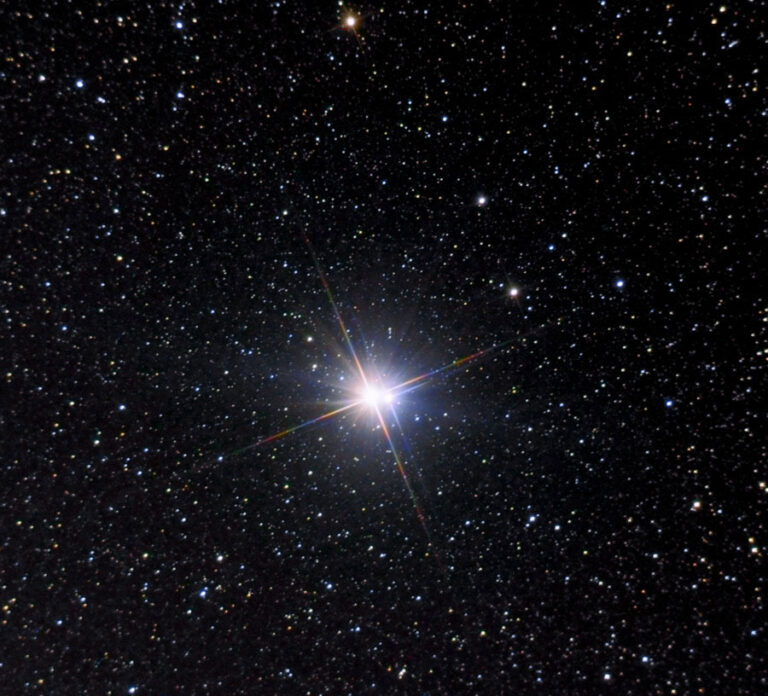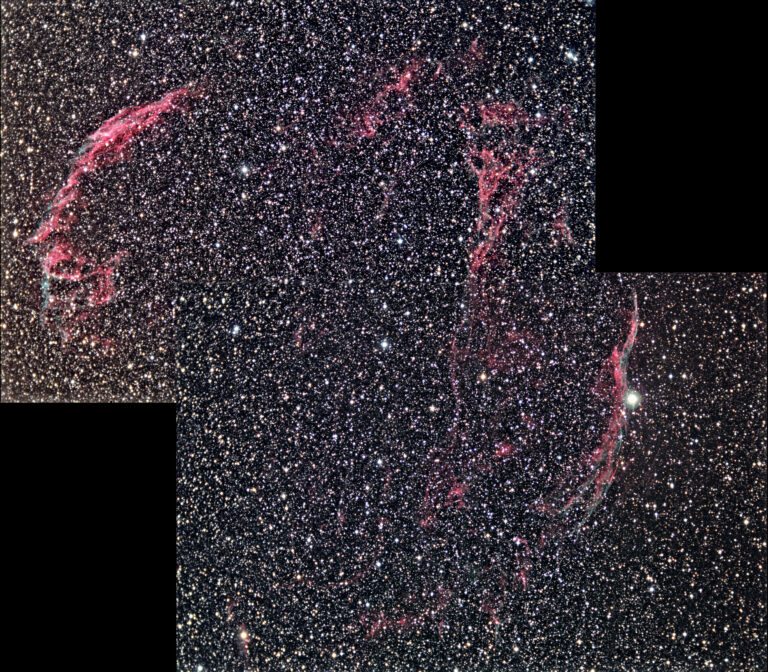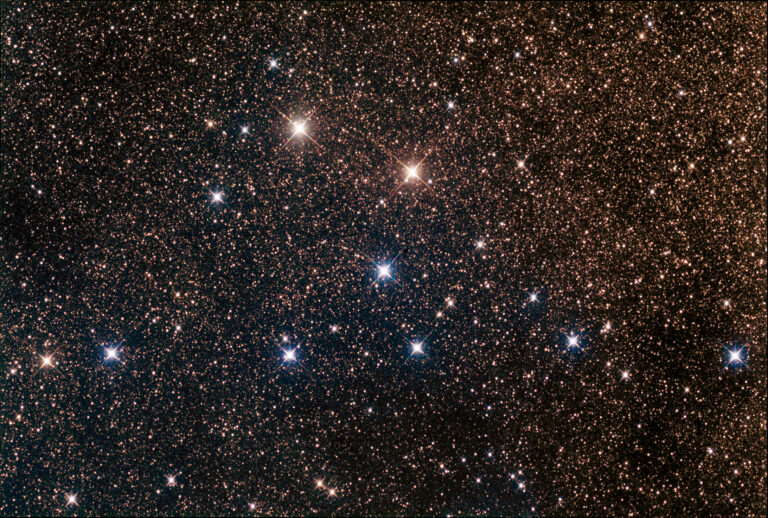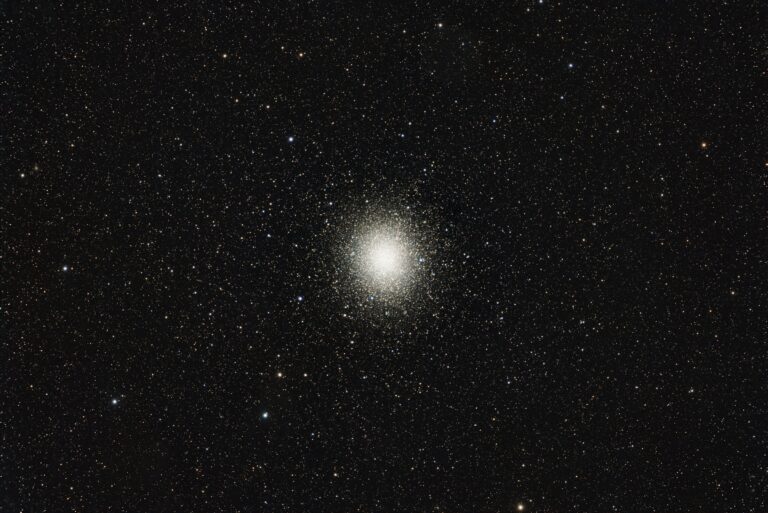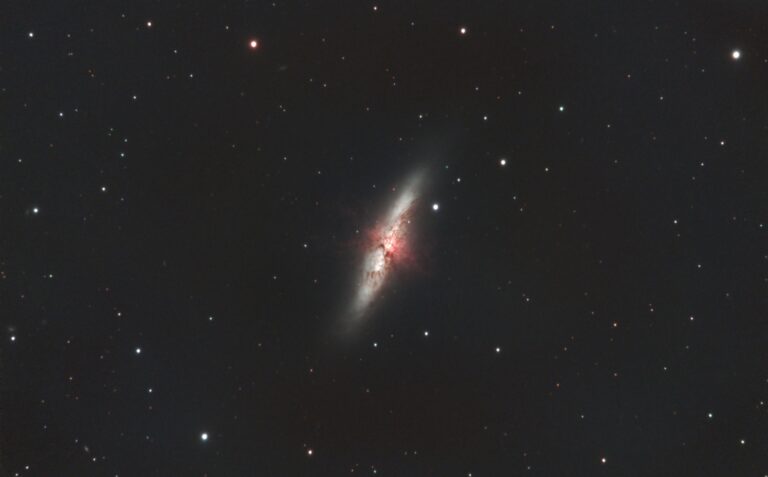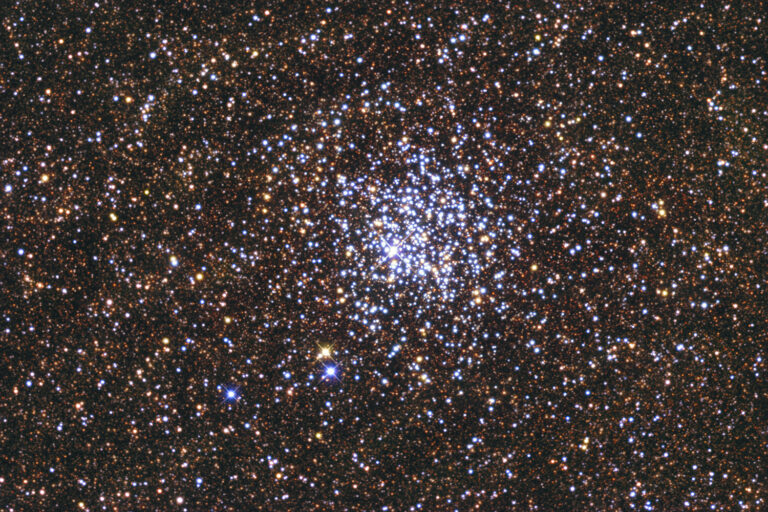Key Takeaways:
For that reason, I would cast my vote for the Orion Nebula. It’s smaller and fainter than the Carina Nebula, but it’s just 5° south of the celestial equator, making it accessible to virtually anyone on the planet. It’s a nebula for everyone!
Before I sing a paeon to the beauty and wonder of Orion’s Great Nebula, let me lay out a few nuts-and-bolts facts. The Orion Nebula is classified as an emission nebula — a cosmic cloud of dust and gas that shines by emitting its own light. Recent studies place its distance at about 1,300 light-years. Its apparent size of 1½° by 1° translates to a true diameter of some 25 light-years. The nebula’s discovery is credited to the French astronomer Nicholas Peiresc, who spotted it in 1610. Charles Messier observed and cataloged it the night of March 4, 1769, designating it M42.
On second thought, maybe I’ll pass on “An Ode to the Orion Nebula,” as music and words fail to adequately capture its visual grandeur. You don’t just observe the Orion Nebula — you experience it! I suggest doing that in three stages: first with your unaided eyes, then with binoculars, and finally through a telescope.
Binoculars allow us to key in on the Sword and its surroundings, proving that the haze at its center is not an illusion after all. This hazy, puffy ball is a definite attention-getter, but it has competition from its surroundings. A degree to its north is the open cluster NGC 1981. At the bottom of the Sword and next to the bright star Iota (ι) Orionis is the wide double star Struve (Σ) 747, whose magnitude 4.7 and 5.5 components are 36″ apart. It’s interesting to note that Galileo himself observed and mapped the Sword but failed to see the Orion Nebula. The magnifying power of his telescope was comparable to that of modern-day binoculars, but its ¼° field of view would have been too small to encompass the nebula.
A telescope places the Orion Nebula at center stage — no competition from constellations or immediate surroundings! Even a common 2.4-inch refractor magnifying at just 30x to 50x captures impressive detail. Nebulous wreaths branch outward like the open wings of a ghostly eagle. Larger scopes reveal a mottled, almost chaotic, texture and an overall greenish color. Just north of the Orion Nebula is a 7th-magnitude star surrounded by haze. This detached portion of the Orion Nebula was discovered in 1731 by the French astronomer Jean-Jacques d’Ortous de Mairan and later became the 43rd entry in Messier’s catalog.
The visual impact of the Orion Nebula is so overwhelming that we initially overlook an amazing little quartet of stars embedded in the nebulosity and best seen with a magnification of 75x to 100x. This is the Trapezium, a tight cluster of stars birthed by the Orion Nebula. Small scopes reveal the four stars — magnitudes 5.1, 6.4, 6.6, and 7.5 — that make up the group. The brightest of these four suns is Theta1 (θ1) Orionis C. Larger instruments will add a pair of 11th-magnitude stars to the mix. Although some may question the choice of M42 as the sky’s finest nebula, there is no doubt that the Trapezium is the heaven’s most beautiful multiple star.
Questions, comments, or suggestions? Email me at gchaple@hotmail.com. Next month: I correct an error I made in The Edmund Scientific Mag 6 Star Atlas. Clear skies!


